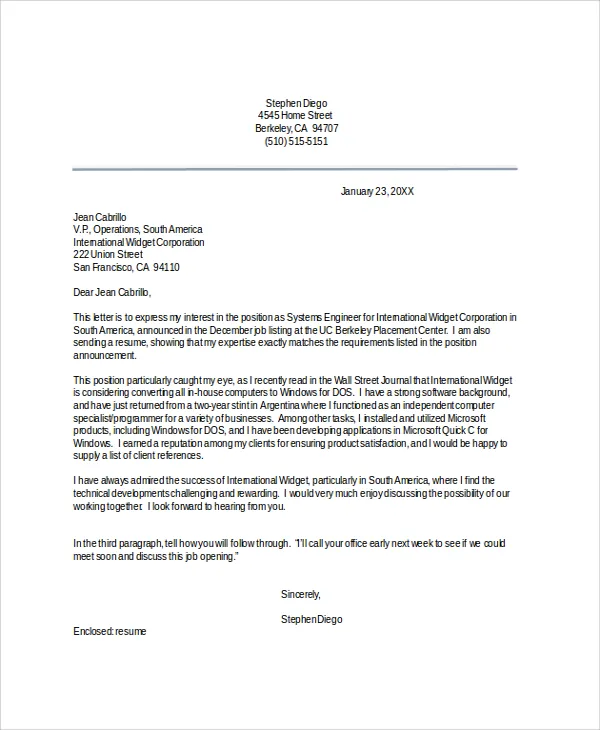What is a Resume Cover Letter
A resume cover letter is a crucial document that accompanies your resume when applying for a job. It serves as an introduction to the hiring manager, providing a concise overview of your qualifications, skills, and experience. Unlike a resume, which is a factual summary, the cover letter allows you to express your personality, demonstrate your enthusiasm for the role, and explain why you are the perfect fit for the company. It is your opportunity to make a strong first impression and persuade the employer to read your resume and consider you for an interview. A well-crafted cover letter can significantly increase your chances of landing an interview, while a poorly written one can lead to your application being overlooked. Therefore, taking the time to create a compelling cover letter is essential for any job seeker.
Why You Need a Cover Letter
In today’s competitive job market, a cover letter is often the deciding factor between getting an interview and being rejected. It provides context to your resume and allows you to personalize your application. Many employers view a cover letter as a mandatory part of the application process, and not including one can be a red flag, suggesting a lack of attention to detail or genuine interest in the position. A cover letter showcases your communication skills, writing ability, and ability to articulate your value proposition. It enables you to connect your skills and experience to the specific requirements of the job, demonstrating how you can contribute to the company’s success. Furthermore, a cover letter allows you to address any potential gaps in your resume, such as career changes or employment gaps, proactively providing explanations and assurances.
Key Components of a Cover Letter
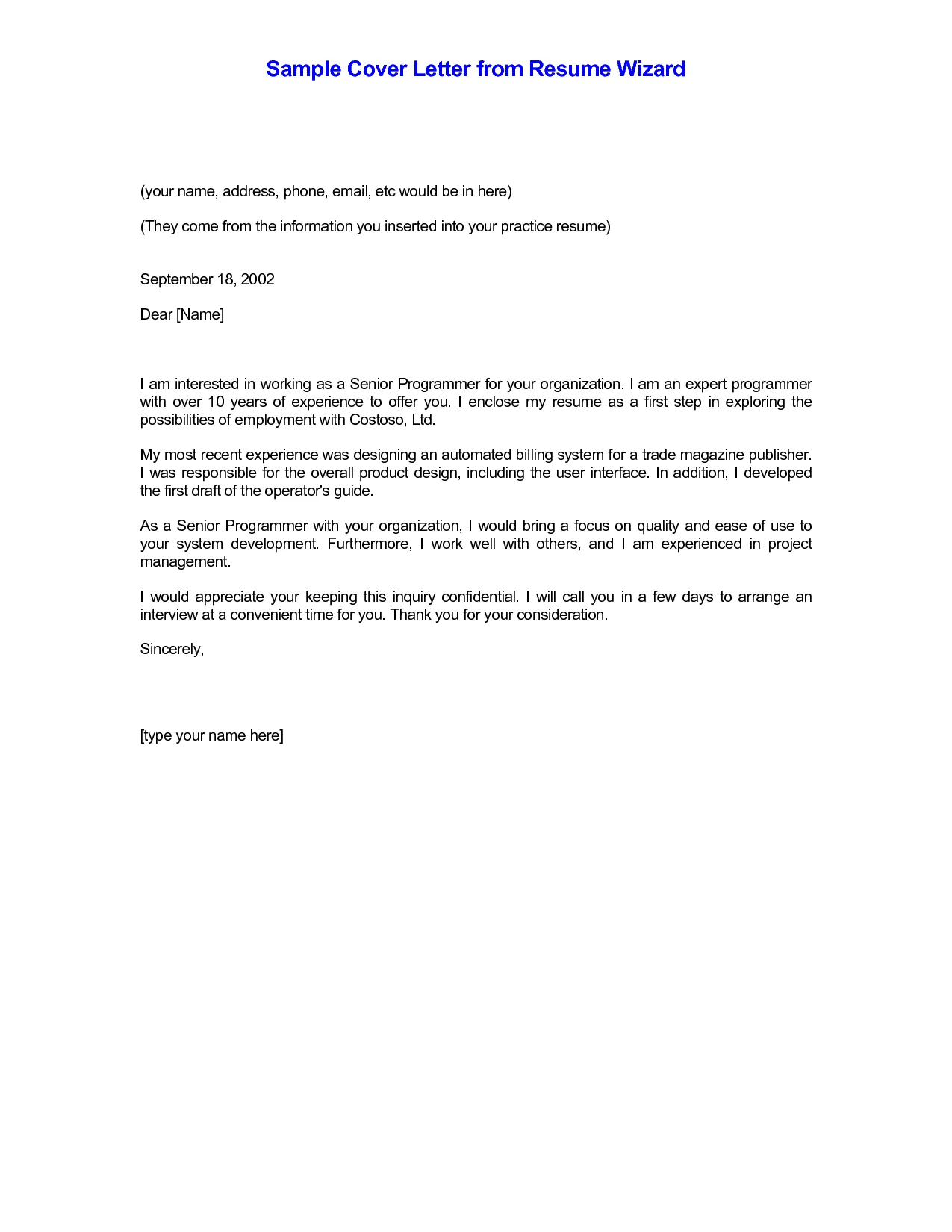
A well-structured cover letter includes several key components that work together to create a compelling narrative. Each section plays a vital role in conveying your qualifications and enthusiasm. Understanding the purpose of each section helps you craft a targeted and effective cover letter. The following sections are the backbone of a professional and impactful cover letter, providing a roadmap for your application and highlighting your strengths to the hiring manager.
Header and Contact Information
The header of your cover letter should include your full name, address, phone number, and email address. Ensure your contact information is up-to-date and professional. This information allows the hiring manager to easily contact you. Using a clear and professional format is essential for creating a positive first impression. The header sets the tone for the entire document and shows you pay attention to detail. Make sure the information matches what is on your resume, ensuring consistency across your application materials. Your header information should be aligned to the left or centered, and formatted to match the font of the rest of your cover letter.
Date and Recipient Information
Below your header, include the date and the recipient’s information. Start with the date you are submitting your application. Next, include the hiring manager’s name, title, and the company’s address. If you do not know the hiring manager’s name, research it or use a general salutation like ‘Dear Hiring Manager.’ Addressing the letter to a specific person is always preferable, as it shows you have taken the time to research and personalize your application. Accuracy in this section is vital to show professionalism and attention to detail. Always double-check the recipient’s information to make sure that it is accurate and the address is correct, it makes a great impression.
Salutation
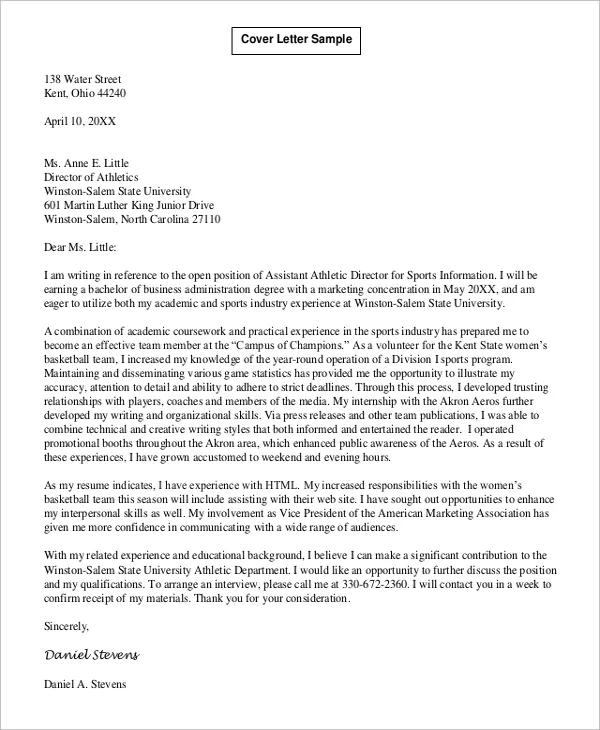
The salutation is your opening greeting. Use ‘Dear Mr./Ms./Mx. [Last Name]’ if you know the hiring manager’s name. If you don’t know the name, use ‘Dear Hiring Manager.’ Avoid generic salutations like ‘To Whom It May Concern.’ A personalized salutation immediately establishes a professional tone and shows you have made an effort to learn about the company and the person reviewing your application. The salutation sets the tone for the entire letter and ensures a respectful and professional communication style. The salutation is your first interaction with the reader, so it should be professional, respectful, and specific to the recipient.
Body Paragraph 1 Grab the Readers Attention
Your first paragraph should grab the reader’s attention and state the purpose of your letter. Mention the specific position you are applying for and how you found the job posting. Briefly highlight your key qualifications and skills that align with the job requirements. The goal is to immediately capture the hiring manager’s interest and encourage them to read further. Show enthusiasm for the role and the company. Avoid generic openings; instead, tailor your introduction to the specific job and company, demonstrating that you have done your research. A compelling opening can significantly increase the likelihood of your application being considered.
Body Paragraph 2 Highlight Key Skills and Experience
In the second paragraph, provide more details about your relevant skills and experience. Use specific examples to demonstrate how your accomplishments align with the job requirements. Quantify your achievements whenever possible to show the impact you made in previous roles. Tailor this section to the specific job description, highlighting the skills and experiences that are most relevant. Use action verbs and focus on your accomplishments rather than simply listing your responsibilities. This section should provide concrete evidence of your ability to succeed in the role. By quantifying achievements and providing specific examples, you make your claims more credible and memorable to the hiring manager, and increase your chances to proceed to the interview stage.
Body Paragraph 3 Show Enthusiasm and Company Knowledge
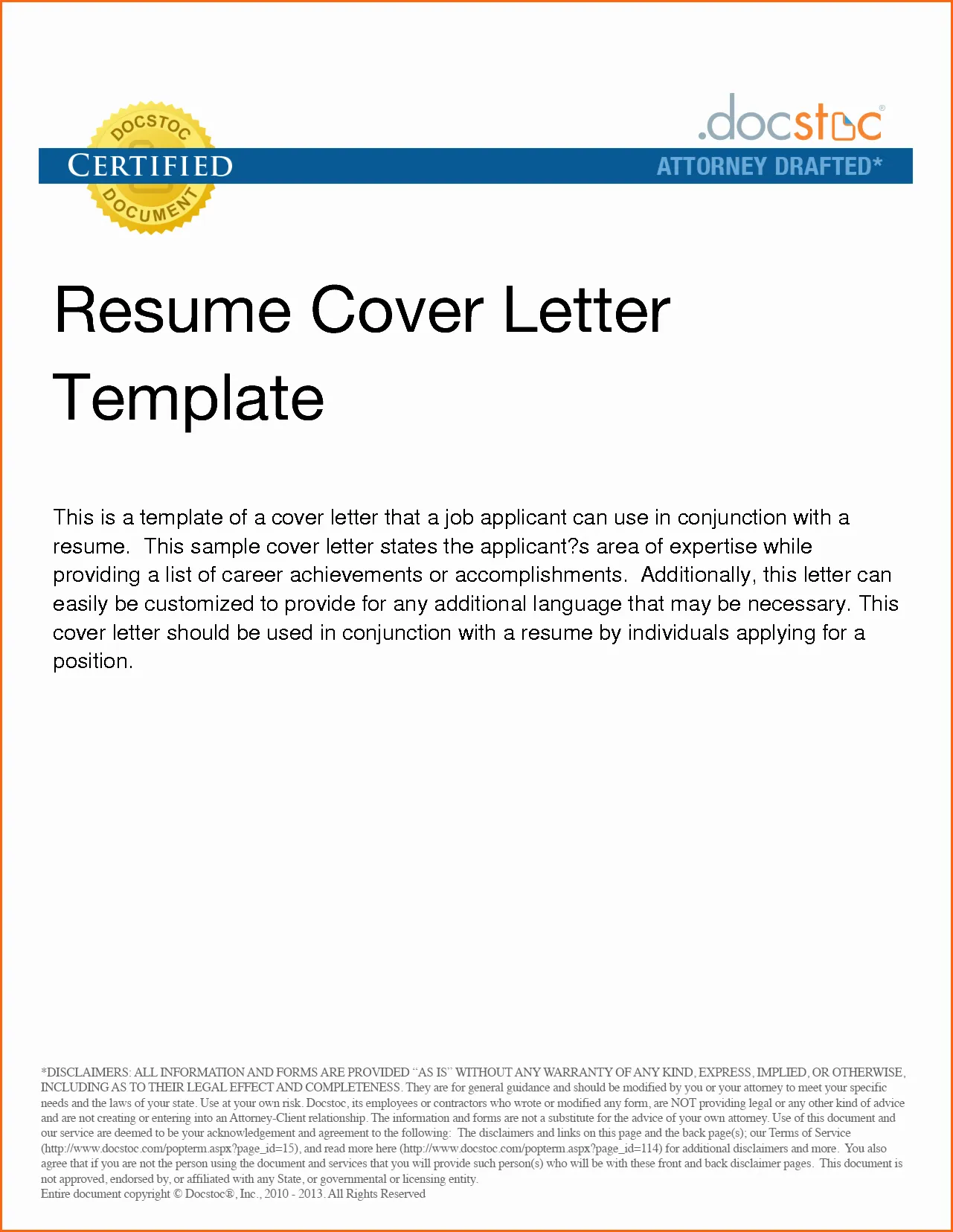
The third paragraph should showcase your enthusiasm for the company and the role. Explain why you are interested in working for the company and what attracts you to the specific position. Demonstrate that you have researched the company’s mission, values, and recent activities. Connect your personal and professional goals with the company’s objectives. This shows that you are not just looking for a job but are genuinely interested in contributing to the company’s success. Show your interest and enthusiasm by highlighting what you admire about the company and how your skills and experience can help them. Including a personal touch and demonstrating your knowledge makes your application stand out.
Call to Action and Closing
End your cover letter with a clear call to action. Express your interest in an interview and state how you can be contacted. Thank the hiring manager for their time and consideration. Reiterate your enthusiasm for the position and express your eagerness to discuss your qualifications further. Use a professional closing, such as ‘Sincerely’ or ‘Best regards,’ followed by your full name. Ensure your contact information is available. A strong closing reinforces your interest and makes it easy for the hiring manager to take the next step, showing that you are professional and proactive.
Formatting and Design
The formatting and design of your cover letter play a crucial role in its readability and overall impact. A well-formatted cover letter looks professional and easy to read. Clean design elements help in getting the message across effectively. Careful formatting showcases your attention to detail and professionalism. Proper formatting enhances the impact of your letter, making it more appealing to the hiring manager. Ensure that your cover letter is visually appealing and easy to navigate.
Font Choice
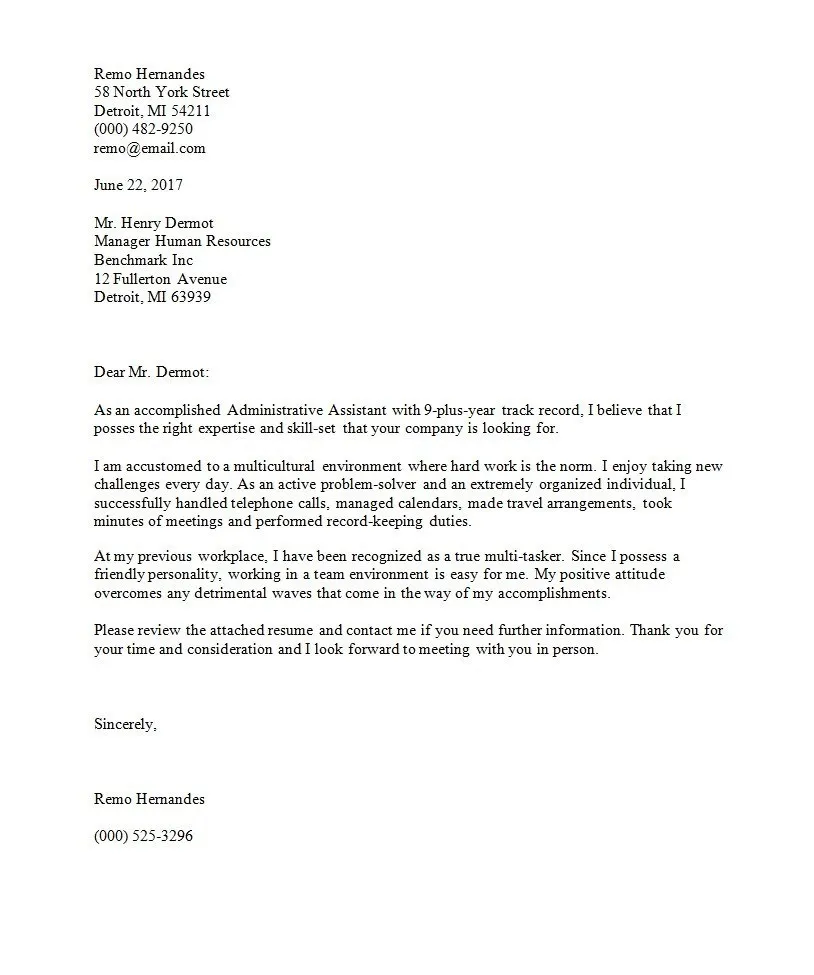
Choose a professional and easy-to-read font like Times New Roman, Arial, or Calibri. Keep the font size between 10 and 12 points. Consistency in font choice throughout the document is crucial. Avoid using overly stylized or decorative fonts, as they can be distracting. Choose a font that is standard and widely compatible with all operating systems. Select a font that reflects a professional image, ensuring that it is easy to read and enhances the overall presentation. Make sure the font is consistent with your resume, creating a cohesive and polished application package.
Margins and Spacing
Use standard one-inch margins on all sides of the document. Use single or 1.15 line spacing for the body of your letter. Double space between paragraphs to improve readability. Ensure a clean, uncluttered layout. These settings help in creating a visually balanced and easy-to-read document. Adequate spacing allows the hiring manager to focus on the content without visual distractions. Proper formatting provides a professional and polished look. Consistency in margins and spacing is essential for making your cover letter visually appealing and professional.
File Format
Save your cover letter as a PDF file to preserve the formatting across different devices. Name your file with your name and the job title. Avoid using formats like DOC or DOCX, as they can cause formatting issues. A PDF file format ensures that your cover letter will look the same, regardless of the device or software the hiring manager uses. Choose a file name that includes your name and the job title for easy identification. A PDF format is generally preferred, ensuring that your document will be presented as you intended.
Proofreading and Editing
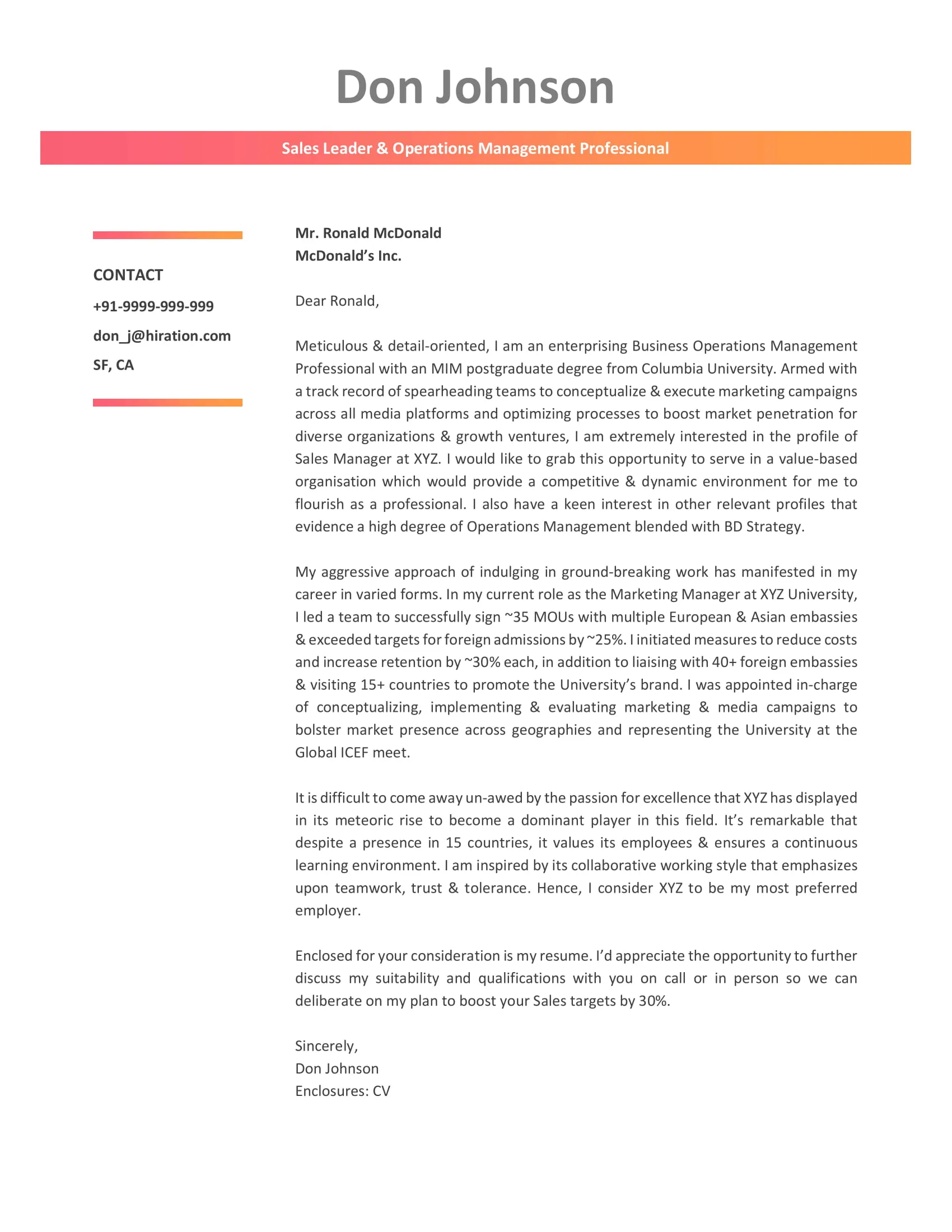
Before submitting your cover letter, carefully proofread and edit it for any errors. Check for grammar, spelling, punctuation, and sentence structure. Ensure your writing is clear, concise, and free of any typos or grammatical mistakes. Ask a friend or family member to review your cover letter for a second opinion. A flawless cover letter is essential for making a positive impression. Proofreading ensures that your writing is polished and professional. It shows that you pay attention to detail and take pride in your work. Thorough proofreading prevents errors that can negatively impact your application.
Common Mistakes to Avoid
There are several common mistakes job seekers make in their cover letters. Avoid generic cover letters that are not tailored to the specific job and company. Do not simply restate your resume; use the cover letter to elaborate on your accomplishments and explain how your skills align with the job requirements. Avoid using jargon or overly complex language. Focus on clear, concise communication. Do not include irrelevant information. Avoid unprofessional language or tone, and always maintain a positive and enthusiastic attitude. Proofread carefully and avoid any errors or typos. Personalize your cover letter to the job and company, and make sure it is easy to read and visually appealing. The cover letter is an introduction, and errors can easily diminish your chances.
Sending Your Cover Letter
When sending your cover letter, follow the instructions provided in the job posting. Attach your cover letter and resume as PDF files. Use a professional email subject line that includes the job title and your name. Personalize your email message, restating your interest in the position and highlighting key qualifications. Double-check that you are sending your application to the correct email address. Always follow up with the hiring manager to show your interest. Sending your cover letter correctly ensures that your application is received and reviewed properly. Following these instructions maximizes your chances of landing an interview, so pay attention to every detail.
